A Bf 108 over Africa- and this without the Afrikakorps! D-IBMY on the podium of the 1937 oasis flight
An aircraft as iconic as the Bf 108 is matched by an equally iconic colour scheme: the blue "RLM 24" and the classic forms of Messerschmitt's groundbreaking first all-metal aircraft form a combination that is still memorable today and thus has a high recognition value.
Even though the exterior is pleasantly different from the familiar military colour variants of this much-used aircraft, this livery did not adorn just any civil aircraft: for it is part of the official appearance of the German team for the international oasis flight of 1937.
What kind of event was that? Air races and related competitions have been a highly regarded part of the further development of aviation technology since the 10s - and thus since the pioneering days of aviation. Manufacturers were able to demonstrate the technical superiority of their products in an audience-effective and sometimes quite adventurous way, pilots their skill, nations their importance and organisational aptitude.
Often individual states or their national aeroclubs acted as organisers, a large number of international participants ensured worldliness, recognition and reputation. How interesting such a competition could be from today's point of view is shown by an overview of the disciplines of the 1937 Oasis Flight, which was already mentioned and which is the subject of this model.
These aspects of the participating aircraft were identified and evaluated:
Maximum speed
Lowest fuel consumption per passenger mile
Reach
Reached navigation points
A technical evaluation also included aspects such as comfort, visibility from the cabin, safety and the like. A total of 41 participants from 11 nations accepted the invitation of the Egyptian Aeroclub and took part in the four-day competition. All aircraft with at least two seats, a high load and a correspondingly high take-off weight were allowed to take part, which resulted in points advantages.
On the first day, the speed classification was started in Cairo, the Upper Egyptian Luxor had to be reached on the second day. After a rest day, the actual oasis flight took place on the fourth day of the competition, where the ability to navigate precisely was tested. The more than 1100-kilometre route led through the oases El Kharga, Dhakla, Farafra and Baharia back to the starting point in Cairo.
The two Bf 108s starting for Germany shared the victory in the individual classification "comfort"; the crew Thomsen and Dempewolf on their Bf 108 D-IBMY also achieved a respectable second place in the overall classification. By the way, the overall victory also went to Germany: piloted by a pilot with the beautiful name Freiherr Speck v. Sternburg, a Junkers Ju 86 was chosen as the best aircraft.
With several victories and good scores in numerous competitions, the Bf 108 was able to prove itself to be an outstanding travel aircraft that offers comfort and safety at the same time. Even the history of the Bf 108's development is connected to the then flourishing competition system, as the Messerschmitt design under the project name M37 was originally designed for participation in the 1934 European Flight. The new model was soon able to win this competition as the fastest aircraft.
The markings for D-IBMY are taken from a decal sheet by Techmod, which I can recommend not only because of the selection of interesting models, but also because of the first-class and cleanly printed quality of the decals.
Since this model is the number two of a quartet of Bf 108 built from Eduard moulds, I will not go further into the kit or the building of the model itself here. But if you are interested, I may refer to the first or the following articles on the subject.
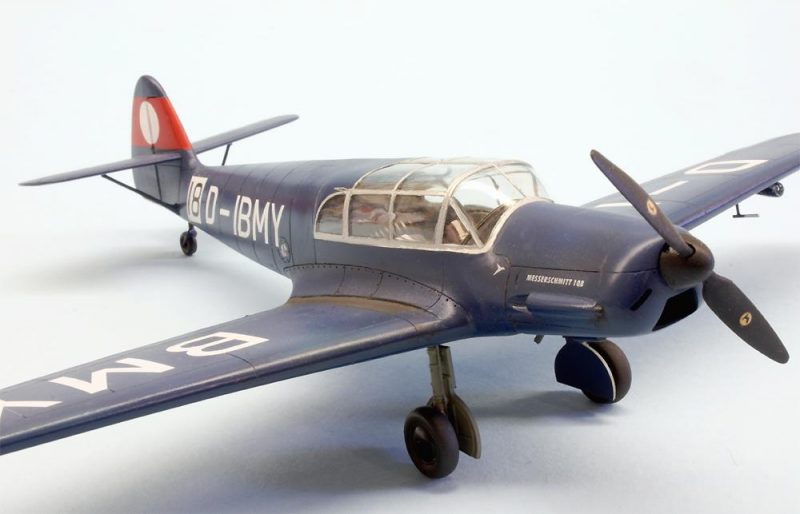
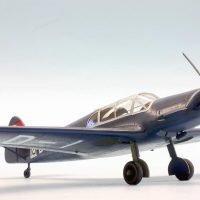
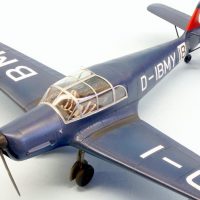
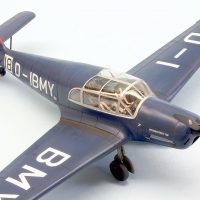

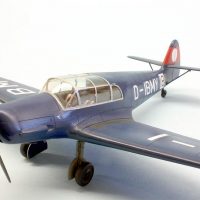
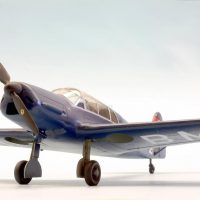
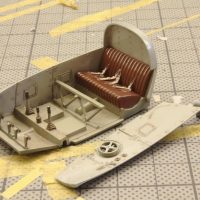

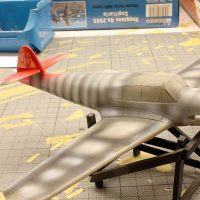
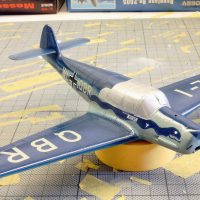
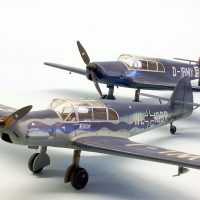
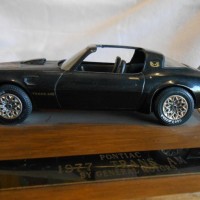
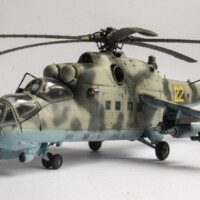
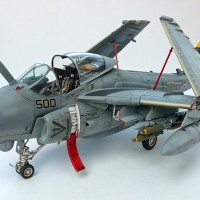
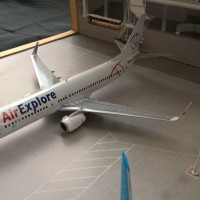
This is an excellent model, Roland!
The historical background is outstanding; I read it with great interest!
Very nice builds - itching to get a few of these started on my own bench. . .
@rosachsenhofer
This is a very nice looking pair of models. The paint is outstanding ! I especially like how the soft demarcation edge between the colors looks on the side of the second plane with the serpent on it. These look very good in RLM 24. I have had thoughts of eventually building a 109 in the same colors.
While reading about the history behind it, I learned quite a few things, which is always good.
Back in the early and mid 1970's, there was one of these 108's stored nearby with the wings stacked up neatly, lying against a wall. The entire airframe was parked sitting on a concrete floor. A roof covered it from the elements, but the plane was visible from the street. The building it was stored next to, was an old abandoned meat packing facility, and it hadn't been used for quite some time. The area was being used as a farmer's pasture when the plane was stored there. It wasn't an uncommon sight to see cattle grazing right next to the concrete slab the plane was stored on.
Then one day it was gone... I don't know what happened to it, or if it even survives today.
This is a beautiful story, thank you for sharing your memories. Not everyone can tell a Bf 108 story!
Good looking aircraft - nicely done!
Great looking models, Roland.
Thanks for sharing this historical information.
Nice way to get more knowlegde about this aircraft.
Great job, Roland.
What such an outstanding historical background!
Beautiful work as usual, Roland.
Great build of a plane that you don't usually see, Roland (@rosachsenhofer). And with an unusual paint scheme that is a pleasant break from the usual camouflage.
Thank you for your comments and your interest - I hope it continues for two more Bf 108 Taifun models! 🙂
🙂 ... Greetings ... 🙂 :
Very attractive and equally stunning builds Roland, quite an impacting background.
Thank you for the information and sharing these images.
Thank you very much for this!